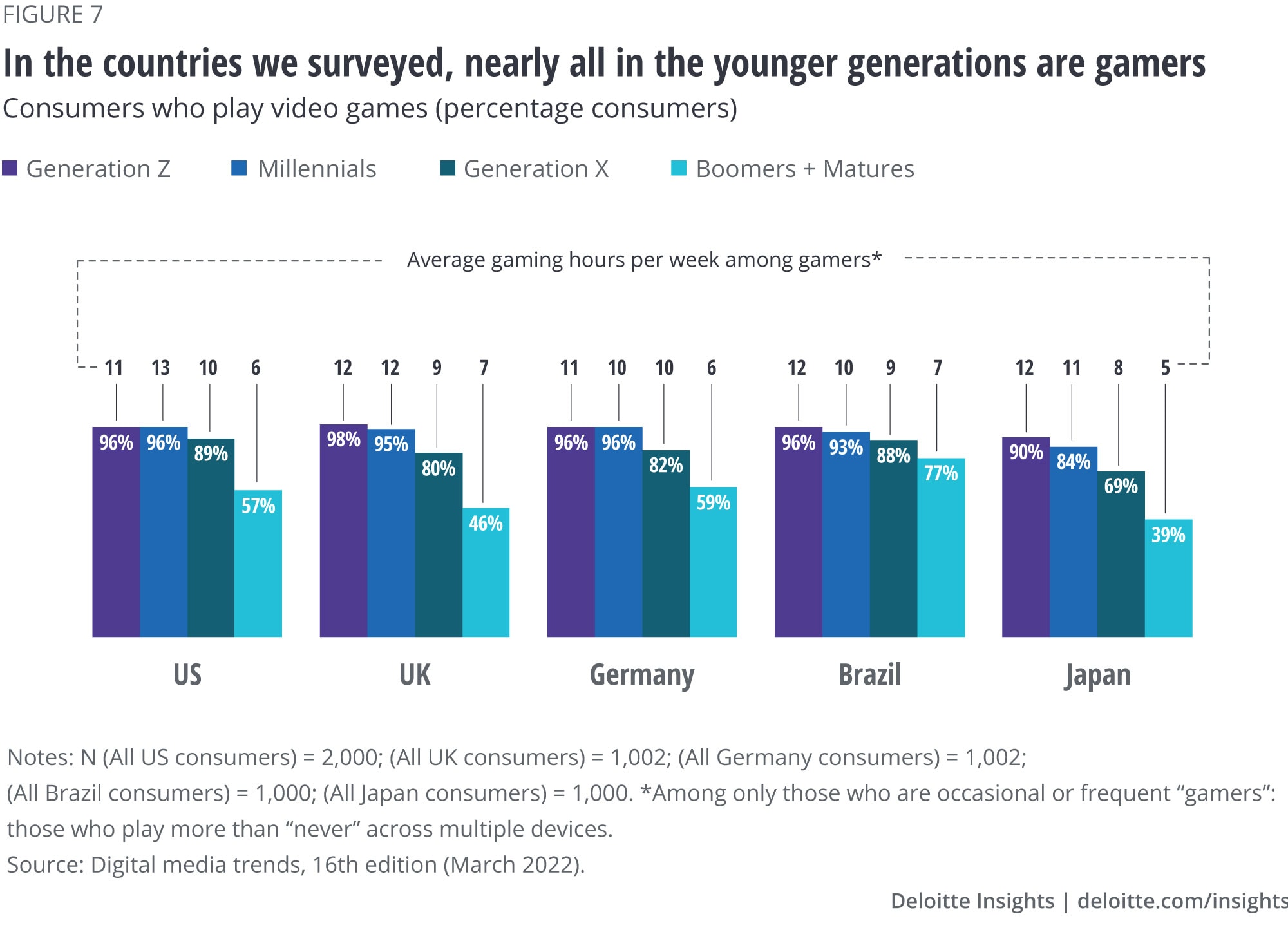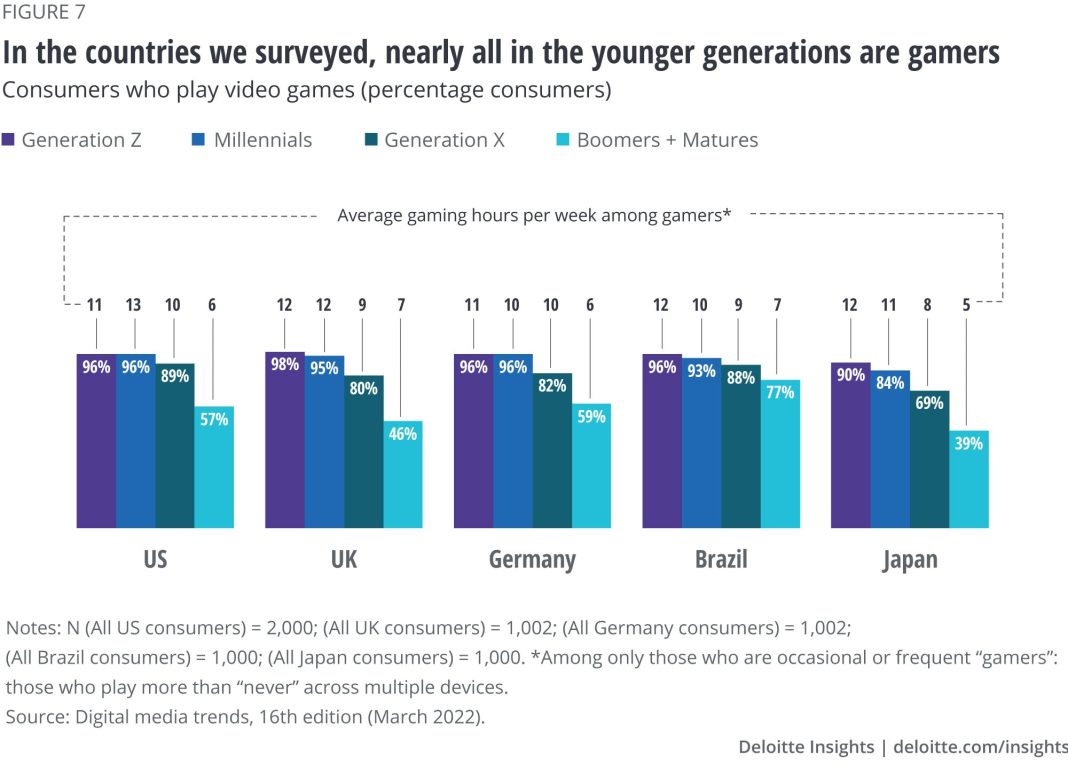 Department stores like Macy’s, Kohl’s, and Nordstrom are facing a significant challenge as their core customers age and sales slow down. These retailers have traditionally attracted multiple generations with their promise of offering a wide variety of products. However, younger consumers, particularly millennials and Gen Z, are turning to social media, specialty retailers, big-box stores, and online platforms for their shopping needs.
Department stores like Macy’s, Kohl’s, and Nordstrom are facing a significant challenge as their core customers age and sales slow down. These retailers have traditionally attracted multiple generations with their promise of offering a wide variety of products. However, younger consumers, particularly millennials and Gen Z, are turning to social media, specialty retailers, big-box stores, and online platforms for their shopping needs.
Attracting younger customers has become a pressing matter for these department stores. Oliver Chen, a retail analyst at TD Cowen, emphasizes the need for department stores to cater to both younger and older demographics. However, customer data reveals that a significant portion of their customer base consists of baby boomers. Numerator, a market research firm, reports that 40% of Kohl’s customers and 36% of Macy’s customers are baby boomers.
Nordstrom stands out among the three department stores as it has a larger base of millennial and Gen X shoppers compared to baby boomers. This can be attributed to its off-price retail chain, Nordstrom Rack, which appeals to younger, fashion-forward customers looking for deals.
To address the issue, all three department stores have announced plans to attract younger customers. Kohl’s is adding trendier clothing for teens and expanding its partnership with Sephora. It is also focusing on life stages that prompt purchases, such as decorating an apartment or having a baby. Kohl’s plans to add Babies R Us shops to its stores and carry more home goods.
Macy’s, under its new CEO Tony Spring, is revamping its namesake brand and closing underperforming stores. It plans to open smaller off-mall Macy’s stores and increase the presence of Bloomingdale’s and Bluemercury, its beauty chain. Macy’s aims to create unique customer experiences and exclusive clothing brands to make the store more appealing.
Nordstrom has been relatively successful in attracting younger shoppers due to its partnerships with hot brands and off-price Nordstrom Rack stores. CEO Erik Nordstrom acknowledges the need for improvement and has implemented a third-party marketplace to offer a wider variety of products. This approach follows the model used by Amazon and Walmart to expand their online offerings.
While these efforts to attract younger customers are commendable, all three department stores have shared weak outlooks for the fiscal year, projecting little to no year-over-year sales growth. One challenge is that Gen Z and millennial shoppers are not as loyal as older generations. They shop across a range of retailers, from luxury brands to Target, Costco, and Zara.
To address this challenge, department stores need to break away from old habits and embrace new strategies. They can utilize third-party marketplaces to offer a wider range of products and appeal to different age groups. Managing inventory while staying relevant to younger consumers is crucial for these retailers to remain staples in the industry.
In conclusion, department stores like Macy’s, Kohl’s, and Nordstrom are facing an existential crisis as they struggle to attract younger customers. While efforts are being made to revamp their offerings and improve the shopping experience, these retailers still face challenges in a changing retail landscape. Adapting to the preferences of younger generations and embracing new strategies will be key to their survival in the long run.


